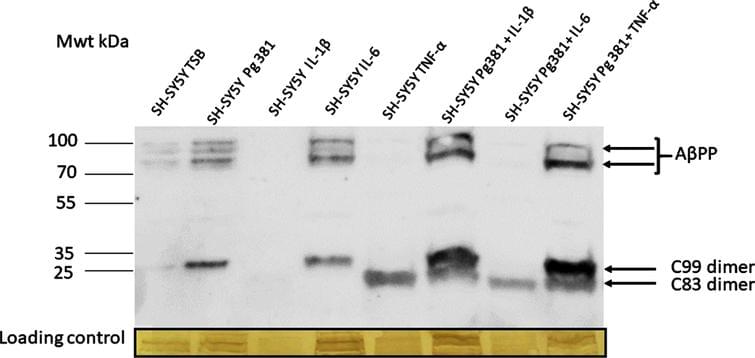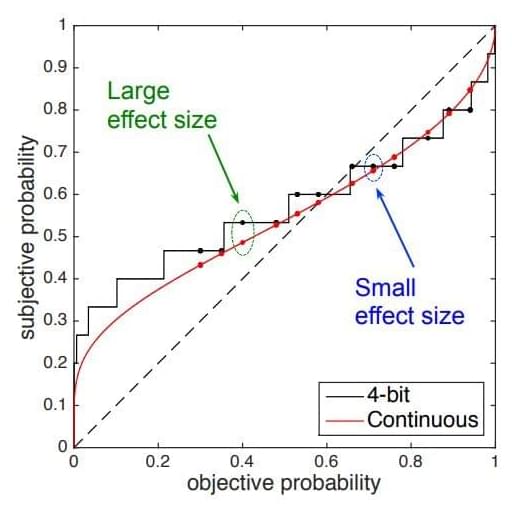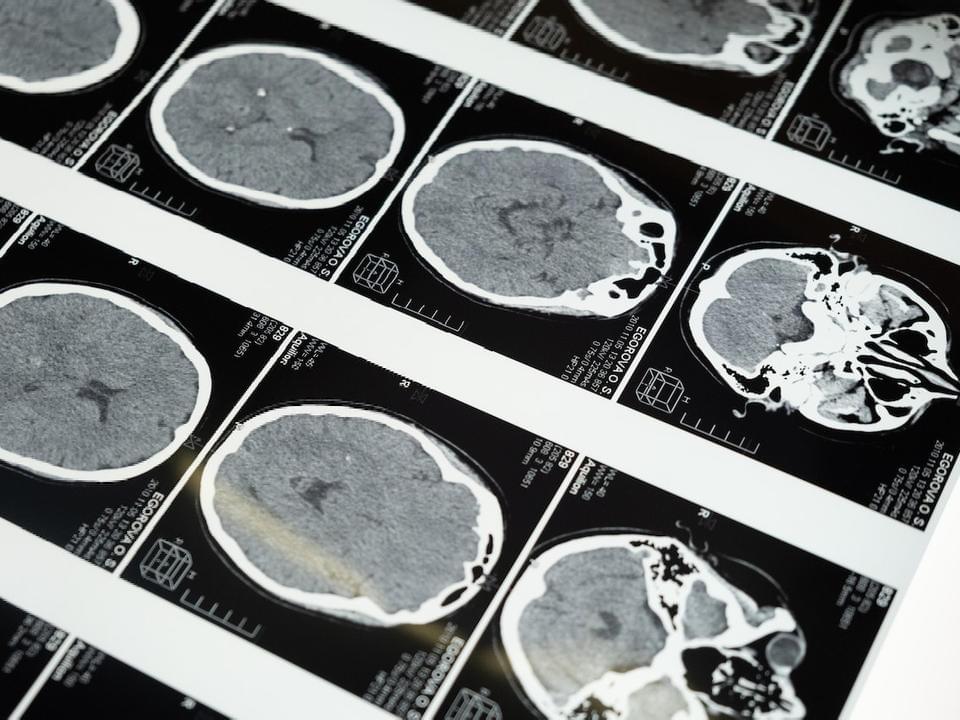In this episode we explore a User Interface Theory of reality. Since the invention of the computer virtual reality theories have been gaining in popularity, often to explain some difficulties around the hard problem of consciousness (See Episode #1 with Sue Blackmore to get a full analysis of the problem of how subjective experiences might emerge out of our brain neurology); but also to explain other non-local anomalies coming out of physics and psychology, like ‘quantum entanglement’ or ‘out of body experiences’. Do check the devoted episodes #4 and #28 respectively on those two phenomena for a full breakdown.
As you will hear today the vast majority of cognitive scientists believe consciousness is an emergent phenomena from matter, and that virtual reality theories are science fiction or ‘Woowoo’ and new age. One of this podcasts jobs is to look at some of these Woowoo claims and separate the wheat from the chaff, so the open minded among us can find the threshold beyond which evidence based thinking, no matter how contrary to the consensus can be considered and separated from wishful thinking.
So you can imagine my joy when a hugely respected cognitive scientist and User Interface theorist, who can cut through the polemic and orthodoxy with calm, respectful, evidence based argumentation, agreed to come on the show, the one and only Donald D Hoffman.
Hoffman is a full professor of cognitive science at the University of California, Irvine, where he studies consciousness, visual perception and evolutionary psychology using mathematical models and psychophysical experiments. His research subjects include facial attractiveness, the recognition of shape, the perception of motion and colour, the evolution of perception, and the mind-body problem. So he is perfectly placed to comment on how we interpret reality.
Hoffman has received a Distinguished Scientific Award of the American Psychological Association for early career research into visual perception, the Rustum Roy Award of the Chopra Foundation, and the Troland Research Award of the US National Academy of Sciences. So his recognition in the field is clear.
He is also the author of ‘The Case Against Reality’, the content of which we’ll be focusing on today; ‘Visual Intelligence’, and the co-author with Bruce Bennett and Chetan Prakash of ‘Observer Mechanics’.
What we discuss:
00:00 Intro.
05:30 Belief VS questioning.
11:20 Seeing the world for survival VS for knowing reality as it truly is.
13:30 Competing strategies to maximise ‘fitness’ in the evolutionary sense.
15:22 Fitness payoff’s can be calculated as mathematical functions, based on different organisms, states and actions.
17:00 Evolutionary Game Theory computer simulations at UC Irvine.
21:30 The payoff functions that govern evolution do not contain information about the structure of the world.
25:00 The world is NOT as it seems VS The world is NOTHING like it seems.
29:30 Space-time cannot be fundamental.
32:30 Local and non-contextual realism have been proved false.
37:45 A User-Interface network of conscious agents.
41:30 A virtual reality computer analogy.
43:30 Space and time and physical objects are merely a user interface.
49:30 Reductionism is false.
53:30 User Interface theory VS Simulation theory.
56:30 Panpsychists are fundamentally physicalists.
57:30 Making mathematical predictions about conscious agents.
59:30 Like space and time maths are invented metrics, so must we start with consciousness metrics.
01:03:30 Experiences lead to actions, which affect other agent’s conscious experiences.
01:08:00 The notion of truth is deeper than the notion of proof and theory.
01:10:00 Consciousness projects space-time so it can explore infinite possibilities.
01:13:00 ‘Not that which the eye can see, but that whereby the eye can see’, Kena Upanishad.
01:17:30 Is nature written in the language of Maths?
01:27:00 Consciousness is like the living being, and maths is like the bones.
01:34:50 Don Hoffman on Max Tegmark’s ‘Everything that is mathematically possible is real’
01:48:00 Different analogies for different eras.
References:





